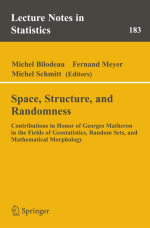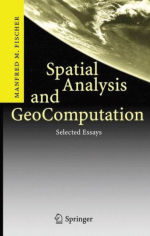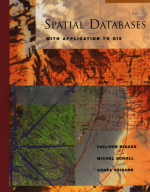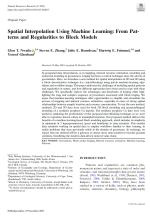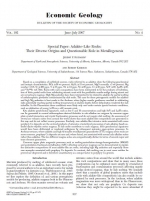Based on a compilation of published sources, rocks referred to as adakites show the following geochemical and isotopic characteristics: SiO2 £56 wt percent, Al2O3 >15 wt percent, MgO normally <3 wt percent, Mg number =0.5, Sr >400 ppm, Y <18 ppm, Yb <1.9 ppm, Ni >20 ppm, Cr >30 ppm, Sr/Y >20, La/Yb >20, and 87Sr/86Sr <0.7045. Rocks with such compositions have been interpreted to be the products of hybridization of felsic partial melts from subducting oceanic crust with the peridotitic mantle wedge during ascent and are not primary magmas. High Mg andesites have been interpreted to be related to adakites by partial melting of asthenospheric peridotite contaminated by slab melts. The case for these petrogenetic models for adakites and high Mg andesites is best made in the Archean, when higher mantle geotherms resulted in subducting slabs potentially reaching partial melting temperatures at shallow depths before dehydration rendered the slab infusible. In the Phanerozoic these conditions were likely only met under certain special tectonic conditions, such as subduction of young (<25-m.y.-old) oceanic crust.
Key adakitic geochemical signatures, such as low Y and Yb concentrations and high Sr/Y and La/Yb ratios, can be generated in normal asthenosphere-derived tholeiitic to calc-alkaline arc magmas by common upper plate crustal interaction and crystal fractionation processes and do not require slab melting. An assessment of several arc volcanic suites from around the world shows that most adakite-like compositions are generated in this way and do not reflect source processes. Similarly, rare adakite-like intrusive rocks associated with some porphyry Cu deposits are the evolved products of extensive crustal-level processing of calc-alkaline basalt-an-desite-dacite-rhyolite series magmas. If slab melts contribute to such magmas, their geochemical signatures would have been obliterated or rendered ambiguous by subsequent extensive open-system processes. In Archean terranes, where adakitic and high Al tonalite-trondhjemite-granodiorite (TTG) magma series rocks are more common, porphyry Cu deposits are rare and, where found, are associated with normal calc-alkaline suites rather than adakites. The two different magma series are compositionally distinct in terms of several major and trace element parameters.
Common upper plate magmatic processes such as melting-assimilation-storage-homogenization (MASH) and assimilation-fractional-crystallization (AFC) affecting normal arc magmas can be demonstrated to explain the distinctive compositions of most adakite-like arc rocks, including high Mg andesites and especially those rare examples associated with porphyry Cu deposits. In contrast, slab melting can in most cases neither be proved nor disproved and is therefore unsatisfactory as a unique factor in porphyry Cu genesis.





